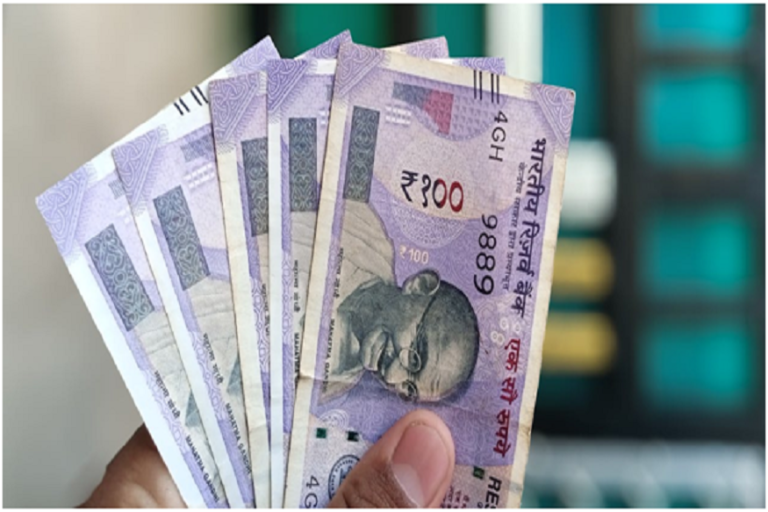Motorcycle enthusiasts choose between the solitary thrill of solo rides and the dynamic camaraderie of group expeditions. Let’s explore some friendly advice for solo and group riders, emphasizing the importance of comprehensive insurance for two-wheelers, including bike insurance renewal, IDV calculator for bikes, and the significance of a robust insurance policy.
Riding Alone:
Embarking on a solo motorcycle journey provides unparalleled freedom but demands heightened responsibility. Consider the following tips for a safe and enjoyable solo ride:
- Share Itinerary: Inform a close friend or relative about your route and schedule. This ensures someone can monitor your whereabouts in case of an incident.
- Daytime Travel: Plan your ride to traverse any potentially hazardous areas or forests during daylight hours, enhancing visibility and safety.
- Avoid Night Riding: Riding alone at night increases risks. Opt for daytime travel to minimize potential dangers and navigate more safely.
- Security Measures: Stop wherever you please, but exercise caution. Always lock your bike when not in use to deter theft.
- Lodging Information: Share hotel details or lodging details with someone at your home base. Leave a note if your motorcycle encounters issues during the night.
Group Riding:
Group riding adds a social dimension to the motorcycle experience but comes with responsibilities. Follow these guidelines for an enjoyable group ride:
- Arrive Prepared: Be punctual and arrive with a full tank. Being prepared ensures a smoother group experience, preventing delays.
- Designate Leaders: Appoint a group leader, an experienced rider responsible for overseeing the ride and managing any issues that may arise.
- Pre-Ride Meeting: Gather the group before the ride to discuss the route, planned stops, hand signals, and essential equipment. Communication is critical for a coordinated ride.
- Organize Riders: Line up based on riding experience, with more seasoned riders at the front and less experienced ones following. Maintain safe distances to allow for safe stops in case of road obstacles or accidents.
While solo riders navigate the responsibilities of self-sufficiency and heightened awareness, group riders embrace the dynamics of coordination and shared experiences. Throughout these diverse approaches, a common thread binds them—the indispensable need for comprehensive bike insurance.
Insurance for two-wheelers goes beyond being a legal requirement; it safeguards riders against unforeseen circumstances. Bike insurance renewal ensures continuous coverage, while the IDV calculator for bikes aids in assessing the actual value of your prized possession.
Bike insurance is a vital financial safety net, guarding riders against unexpected expenses from accidents, theft, or damages. Comprehensive bike insurance includes third-party liability, protecting against damages to other vehicles, and own damage, safeguarding the insured bike from accidents, natural calamities, and theft. A well-crafted bike insurance policy provides financial protection not only for your bike but also for you and your fellow riders in case of accidents or damages. Additionally, it extends to personal accident cover, providing financial support in case of injuries or fatalities. The flexibility to customize coverage ensures peace of mind for riders on the open road.
Claims are subject to terms and conditions set forth under the motor insurance policy. *
*Standard T&C Apply
Insurance is the subject matter of solicitation. For more details on benefits, exclusions, limitations, terms, and conditions, please read the sales brochure/policy wording carefully before concluding a sale.













+ There are no comments
Add yours